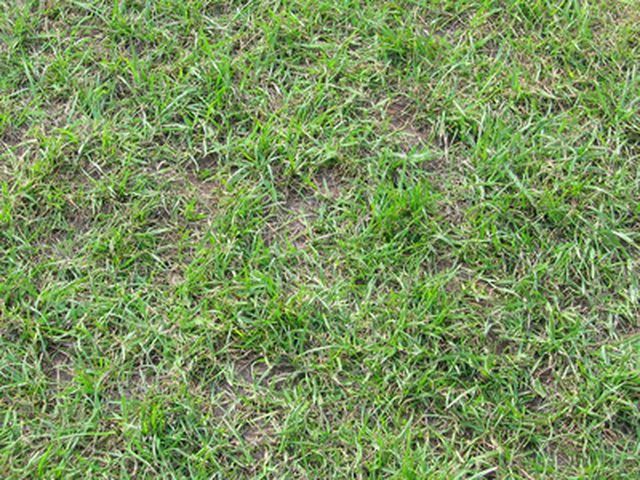Bulbs
Flower Basics
Flower Beds & Specialty Gardens
Flower Garden
Garden Furniture
Garden Gnomes
Garden Seeds
Garden Sheds
Garden Statues
Garden Tools & Supplies
Gardening Basics
Green & Organic
Groundcovers & Vines
Growing Annuals
Growing Basil
Growing Beans
Growing Berries
Growing Blueberries
Growing Cactus
Growing Corn
Growing Cotton
Growing Edibles
Growing Flowers
Growing Garlic
Growing Grapes
Growing Grass
Growing Herbs
Growing Jasmine
Growing Mint
Growing Mushrooms
Orchids
Growing Peanuts
Growing Perennials
Growing Plants
Growing Rosemary
Growing Roses
Growing Strawberries
Growing Sunflowers
Growing Thyme
Growing Tomatoes
Growing Tulips
Growing Vegetables
Herb Basics
Herb Garden
Indoor Growing
Landscaping Basics
Landscaping Patios
Landscaping Plants
Landscaping Shrubs
Landscaping Trees
Landscaping Walks & Pathways
Lawn Basics
Lawn Maintenance
Lawn Mowers
Lawn Ornaments
Lawn Planting
Lawn Tools
Outdoor Growing
Overall Landscape Planning
Pests, Weeds & Problems
Plant Basics
Rock Garden
Rose Garden
Shrubs
Soil
Specialty Gardens
Trees
Vegetable Garden
Yard Maintenance
How Snow Affects Grass Seed
How Snow Affects Grass Seed. Grass seeds enjoy rich, moist soil, like most plants, but how well they can deal with temperatures depends largely on the type of grass. Some kinds are more fitted to growing in colder climates where there is a higher chance of snow, while others are easily weakened by snowfall. Grass should usually be planted in rainy...

Grass seeds enjoy rich, moist soil, like most plants, but how well they can deal with temperatures depends largely on the type of grass. Some kinds are more fitted to growing in colder climates where there is a higher chance of snow, while others are easily weakened by snowfall. Grass should usually be planted in rainy seasons when it has plenty of time to grow, but there are exceptions, and some kinds of grass can even be planted in the snow.
Normal Seed Planting
Many types of grass seed are very sensitive to cold. Grass seed is designed to sprout in response to moisture and the proper soil conditions. Planting many different kinds of grass seed over snow will cause the seed to hold off from extending roots and create growing problems. The snow can also sometimes damage delicate grass seed shells, rendering the seed useless. In general, the grass seed will survive but delay its sprouting time. If the seed has already sprouted, the grass could easily kill the seedling.
Planting Before Snowfall
Some gardeners advise planting grass seed immediately before a snowfall. The idea is that the snowfall will provide a protective covering over the ground, and when it melts, the moisture will seep into the soil and provide a good growing environment for the seeds. This can work in more mild climates where the first snowfall is likely to melt and the ground has not frozen yet, but it is less effective in harsher climates.
Cool Season Grass
There are several types of grass that are rated as "cool season grasses" and are designed to be planted in winter, while there is still snow on the ground. The intention with these types of grasses is to hibernate the seed for a short period before spring comes and the snow melts. The melting snow carries the grass seeds deep down into the cracks of the soil created by the cold conditions, where it begins to grow.
Considerations
One problem with cool-season grass seed planting is that it leaves the seed exposed in the snow for a long period of time, sometimes several weeks. This gives plenty of time for hungry birds and other animals to find and eat the seeds. There is also a possibility that the soil will still be too cold and compact to provide enough room for the grass roots. The varieties that can be cool-season planted are also few in number--fescues, bluegrasses, and perennial fescues are typically the only options.
Planting Seeds
If the grass seed is to be planted in a fresh bed of soil, make sure the soil is light and has plenty of air. Dense soil will not give the grass enough room to grow, and will not absorb moisture easily. The seeds should be covered with an inch or two of soil after planting. If planting over snow, scatter more grass seed than when planting in soil, to compensate for the seed that will be eaten or lost.